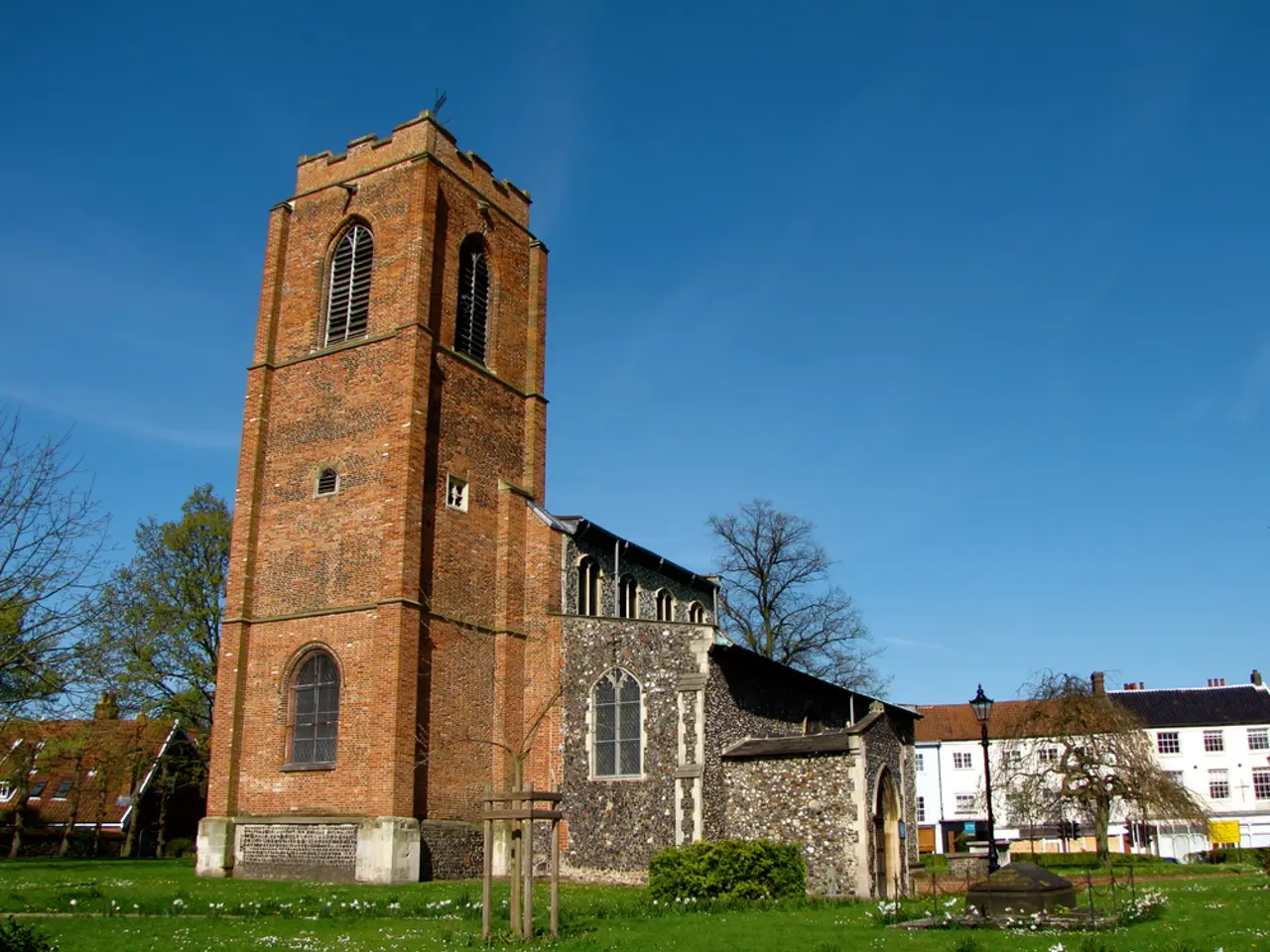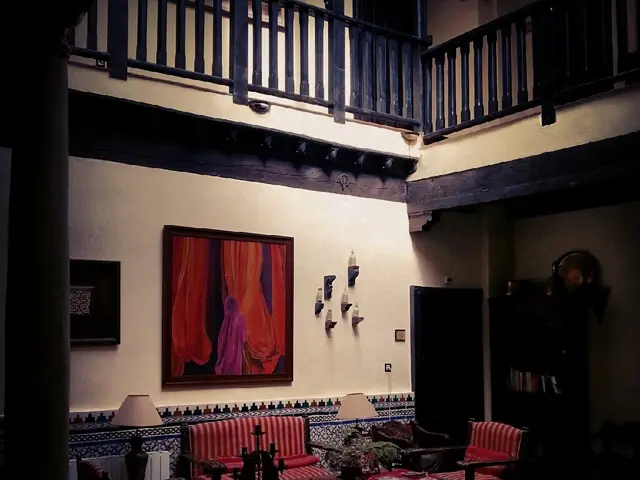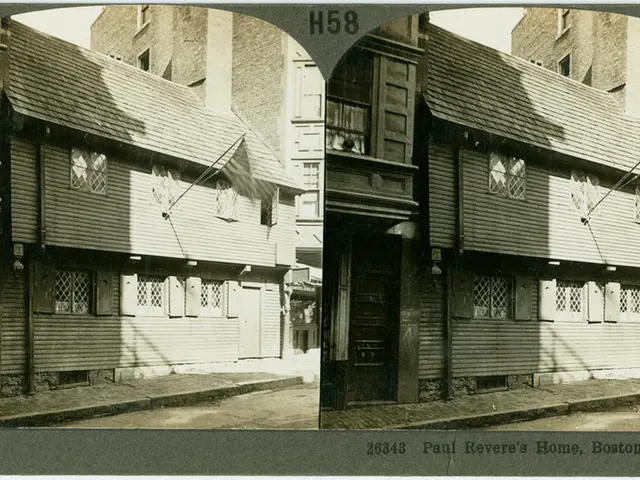Transforming the Future: Regenerative Building Methods Reshaping the Architectural Landscape
In the realm of urban development, the Regenerative Twin project stands as an innovative approach that merges digital twin technology with regenerative urban principles. This groundbreaking initiative, while not explicitly defined in a single source, can be understood as a virtual model of a built environment designed to monitor, optimize, and actively regenerate natural systems within urban spaces.
### A New Approach to Urban Development
A digital twin is a dynamic, virtual replica of a physical environment, continuously updated with real-time data from sensors and other sources. In the environmental or built environment context, this includes buildings, infrastructure, and urban ecosystems represented virtually to simulate, analyze, and optimize their performance.
Regenerative urban development, on the other hand, goes beyond sustainability. Instead of merely minimizing harm, it actively restores ecosystems, increases biodiversity, purifies air and water, and improves resilience by treating the built environment as an integral part of natural systems.
Combining these concepts, the Regenerative Twin can be seen as a virtual model of a built environment designed not only to monitor and optimize resources but also to support active restoration and regeneration of natural systems within urban spaces. This involves using digital twin technology to simulate regenerative strategies—such as green infrastructure, circular resource flows, and biodiversity enhancement—and assess their impacts in real-time or forecast future benefits.
### Key Components
The Regenerative Twin project employs continuous data collection from IoT sensors monitoring environmental parameters, integration of Building Information Modeling (BIM) and Geographic Information Systems (GIS) to create detailed virtual twins, advanced data analytics and AI to simulate regenerative interventions and their outcomes, and user interfaces that enable planners, developers, and communities to visualize and interact with the regenerative scenarios.
### Key Findings
Research on Regenerative Urban Development and Digital Twin projects reveals several significant findings. Regenerative approaches lead to cities that heal by restoring ecosystem functions, supporting biodiversity, and reconnecting people with nature, resulting in healthier urban environments. Digital twins enable better decision-making, allowing stakeholders to test regenerative designs virtually before implementation, reducing risks and improving sustainability outcomes.
Projects adopting regeneration demonstrate long-term sustainability gains despite short-term construction disruptions, emphasizing the need for holistic land-use and transport planning to maximize regenerative benefits. Building regenerative capacity requires systemic thinking, focusing on the interconnectedness of people, buildings, soil, water, and air, which digital twins can help visualize and optimize.
### The Regenerative Twin Project in Action
The Regenerative Twin project, a follow-on study from the award-winning Circular Twin, focuses on a school constructed by Morgan Sindall Construction in Wales. The project team, including The Connectives, Cundall, HLM Architects, and Woodknowledge Wales, among others, applied a regenerative lens to the early stages of the design process, aiming to minimize harm and actively enhance ecosystems.
An unexpected outcome of the Regenerative Twin project was the development of Sitka, the Amazing Timber Tree, a children's book that illustrates the journey of a tree from forest to classroom and explains the role of regenerative materials in shaping a sustainable future.
Beyond environmental advantages, key social and economic outcomes were identified, such as job creation, opportunities for new industries, enhanced learning environments, increased understanding of sustainable practices, better air quality, increased social inclusion, access to nature, and health improvements.
The Regenerative Twin project collaborated with insurers to model potential risks and implement mitigation measures for novel materials. The study reduced water consumption for materials manufacturing by 90%.
### The Future of the Regenerative Twin
The Regenerative Twin project aims to push beyond conventional sustainability efforts and move towards enhancing natural and social ecosystems. The success of the Regenerative Twin provides a strong case for industry-wide adoption of regenerative principles, as businesses invest in new opportunities to generate value, not just cut costs, to thrive, especially when addressing carbon impact in the built environment.
[1] "Digital Twin Technology in the Built Environment." (n.d.). Retrieved from https://www.digitaltwinconsortium.org/resources/digital-twin-technology-in-the-built-environment
[2] "Regenerative Urban Development." (n.d.). Retrieved from https://www.urbangrowth.nsw.gov.au/__data/assets/pdf_file/0007/252664/Regenerative-Urban-Development-Framework.pdf
[3] "Regenerative Urbanism." (2021, March 10). Retrieved from https://www.archdaily.com/967713/regenerative-urbanism-a-new-paradigm-for-sustainable-cities
[4] "Regenerative Urbanism: A New Approach to Sustainable City Planning." (2020, November 17). Retrieved from https://www.urbanaustralia.com.au/regenerative-urbanism-a-new-approach-to-sustainable-city-planning/
- The Regenerative Twin project, an innovative blend of digital twin technology and regenerative urban principles, strives to actively regenerate natural systems within urban spaces.
- This virtual model of a built environment is designed to not only monitor and optimize resources but also support the active restoration and regeneration of urban ecosystems.
- Key components of the Regenerative Twin project include continuous data collection, advanced data analytics, integration of Building Information Modeling (BIM) and Geographic Information Systems (GIS), and user interfaces that foster collaboration among planners, developers, and communities.
- Adopting regenerative approaches in cities leads to environments that heal through ecosystem function restoration, biodiversity support, and reconnection with nature.
- Digital twins empower stakeholders by allowing them to test regenerative designs virtually, reducing risks and improving sustainability outcomes.
- In addition to environmental advantages, the Regenerative Twin project yields social and economic benefits, such as job creation, industry growth, improved learning environments, increased social inclusion, access to nature, and health improvements.
- By merging digital twin technology with regenerative principles, there exists an opportunity for the industry to shift from conventional sustainability efforts towards the enhancement of natural and social ecosystems.
- The Regenerative Twin project's collaboration with insurers demonstrates the potential to model risks and implement mitigation measures for novel materials, reducing water consumption for materials manufacturing by 90%.




